
Meniscal Tear Patterns Radsource
Parrot beak meniscal tear is a type of radial meniscal tear with a more oblique course, which on axial images gives the characteristic appearance of a curved V, similar to a parrot's beak. As it is obliquely oriented in relation to the coronal and sagittal plane, it results in a marching cleft sign on sagittal images. This type of tear is usually symptomatic, as the partially torn meniscal.

Arthroscopic Repair for Parrot Beak Tear of Lateral Meniscus with Reduction Suture and Inside
Meniscal tears are common sports-related injuries in young athletes and can also present as a degenerative condition in older patients. Diagnosis can be suspected clinically with joint line tenderness and a positive McMurray's test, and can be confirmed with MRI studies. Treatment can be nonoperative versus operative (partial meniscectomy.

Arthroscopic Repair for Parrot Beak Tear of Lateral Meniscus with Reduction Suture and Inside
Parrot beak meniscal tear is a type of radial meniscal tear with a more oblique course, which on axial images gives the characteristic appearance of a curved V, similar to a parrot's beak. As it is obliquely oriented in relation to the coronal and sagittal plane, it results in a marching cleft sign on sagittal images. This type of tear is usually symptomatic, as the partially torn meniscal.
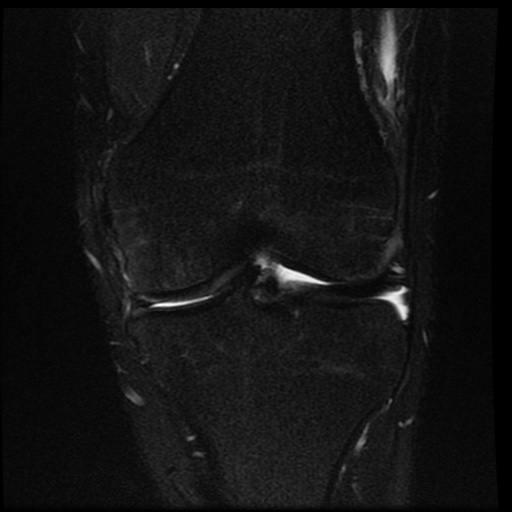
Parrot beak lateral meniscus tear and bucket handle medial mensicus tear Image
REPAIR OF COMPLEX PARROT BEAK TEARS. In this novel technique, we call "CROWN FEATHER STITCH," repair of complex tears extending from white-white zone to red-white/red-red zone is described. Surgical technique. This is an inside-out technique. The meniscus is viewed from the ipsilateral port and the working portal is the contralateral port.

Meniscus Rupture (Injury) Meniscal tear, Symptoms, Treatment Dr A Theodorides
Parrot's beak tear. A combined, incomplete radial and longitudinal tear, with a displaceable component that resembles a parrot's beak. Root tear. Tear in the anterior or posterior meniscal roots where the meniscus attaches to the central tibial plateau.. If the meniscus tear is large (≥1 cm) or is a root tear (tear in the anterior or.

Meniscal Tear Patterns Radsource
Pathophysiology. Parrot beak tears are oblique tears, commonly involving the medial meniscus at the body and posterior horn. This type of tear originates as a radial tear at the inner rim of the meniscus and propagates longitudinally towards the periphery, dividing the meniscus into the front and back parts.
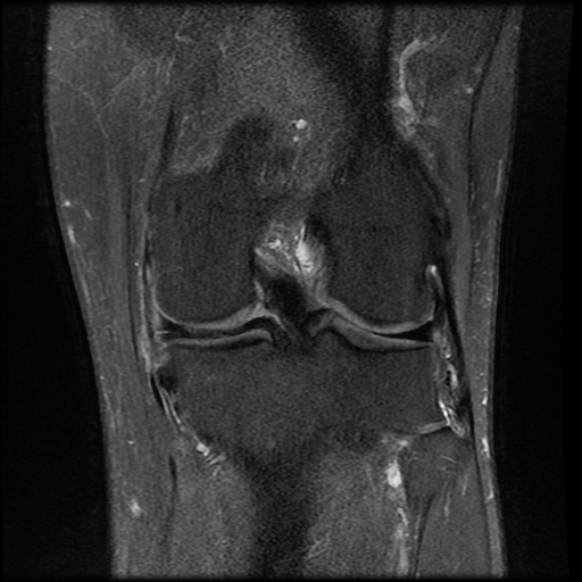
Parrot beak meniscal tear Image
Parrot-beak tear: This is an oblique tear of the inner rim of the meniscus which appears curved like a parrot's beak. Circumferential tear (Longitudinal tear): This is a tear that occurs along the length of the meniscus.. The meniscus can tear following a twisting type of injury during sports or when getting out of a chair or standing up.

Meniscal repair The current state and recent advances in augmentation Bansal 2021 Journal
Parrot beak tear is a white-white meniscal injury that often occurs in isolated injuries. Partial meniscectomy for parrot beak tears is often recommended, owing to the avascular zone; however.
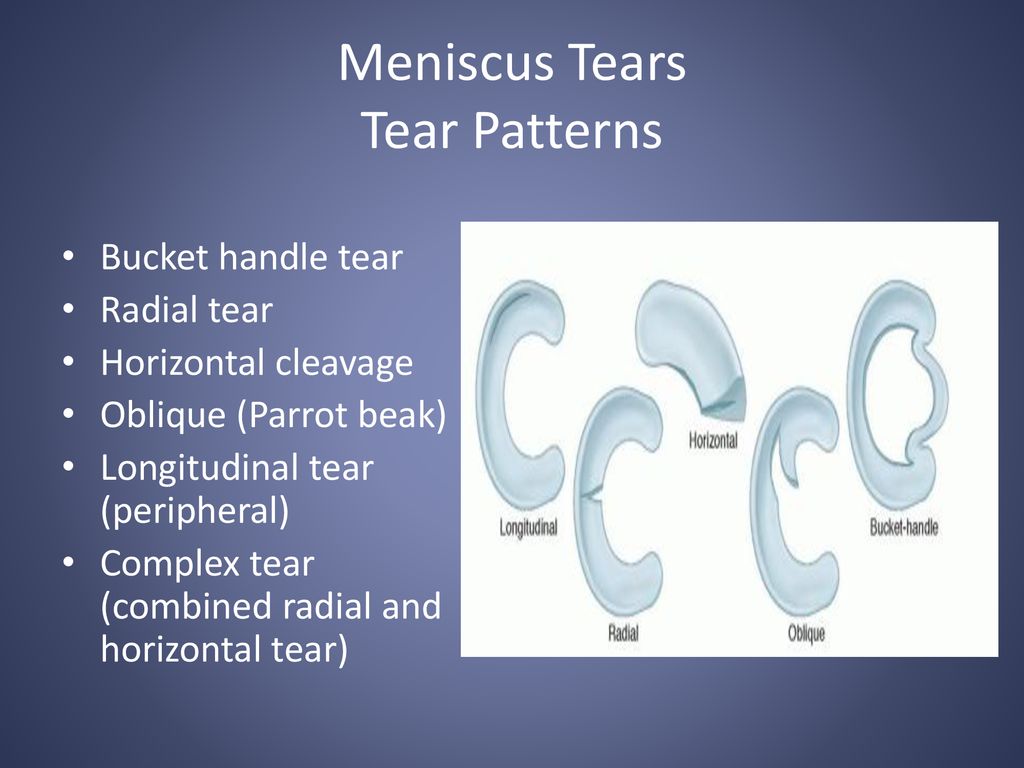
Meniscus Tears Treatment and Rehabilitation ppt download
Vertical flap tears, or parrot beak flap tears, are oblique tears of the meniscus thought to originate as a central radial tear and propagate longitudinally towards the periphery, generating a partially detached unstable fragment that can subsequently displace into the meniscal recess. Although magnetic resonance imaging (MRI) is frequently used to diagnose and characterize meniscus pathology.

Parrot beak meniscal tear Image
a longitudinal tear, which is a vertical tear in the meniscus in a longitudinal direction; usually located at the periphery of the meniscus. The longer the tear, the more unstable it is. Such tears can progress to dislocation of the central part of the meniscus, often referred to as a 'bucket‐handle tear';. (parrot beak); a flap tear.

Parrot beak meniscal tear Image
The meniscus is vital for load-bearing and force distribution in the knee. This is particularly important in the lateral compartment owing to the convexity of the lateral tibial plateau. The lateral meniscus is responsible for ~70% of the load transmission across the joint. Parrot beak tear is a tear that frequently arises following a traumatic.
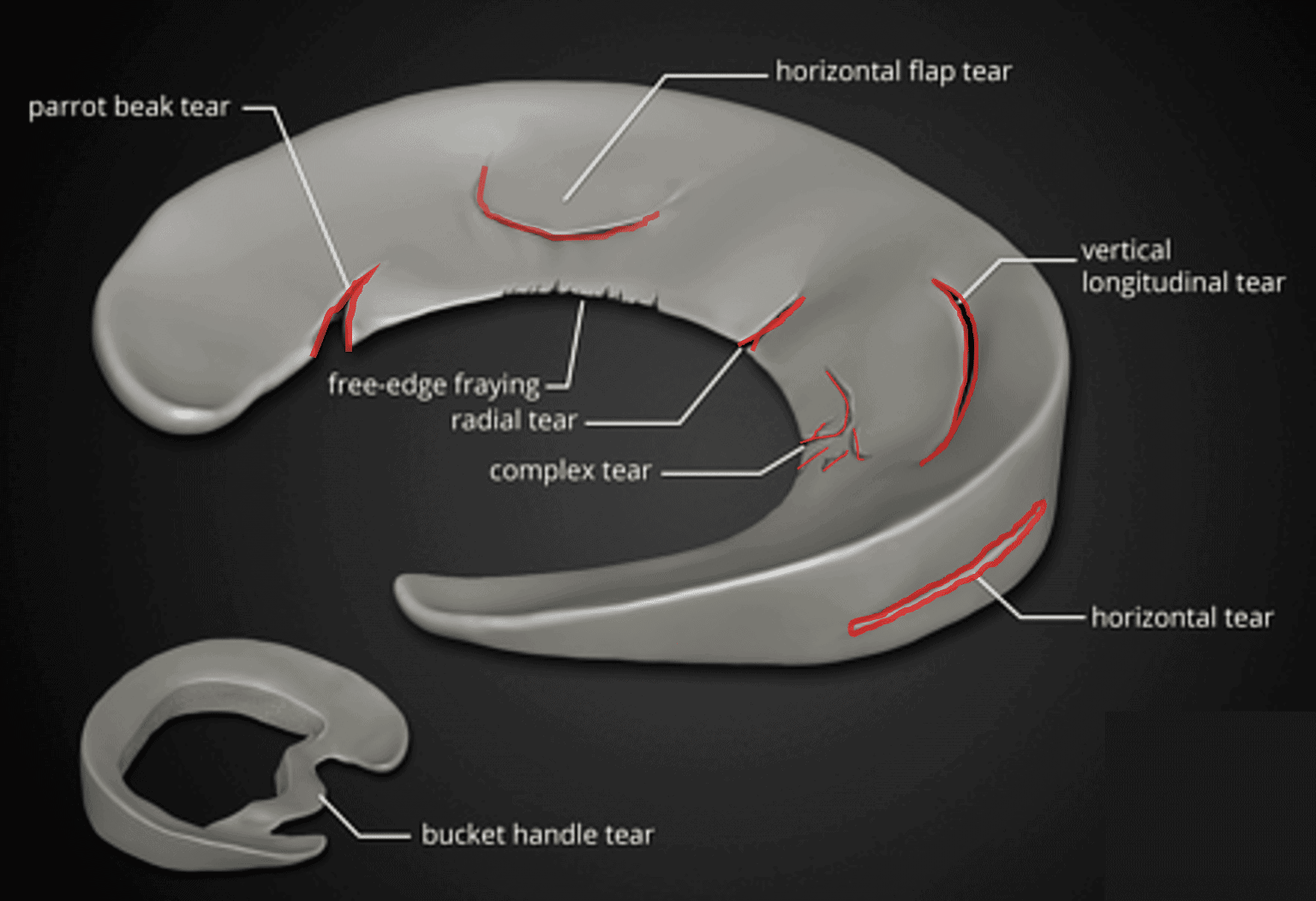
The Complete Guide to a Meniscus Tear Labs
Of note, radial meniscus tears up to 60% of the width may have less detrimental effect on the load distribution in the compartment of the knee . Oblique, sometimes called parrot beak, tears give rise to large flaps of the meniscus. These flaps are mechanically unstable and may also become caught within the joint during knee ROM.

Meniscus Injury Ouch!! My shock absorber…. Timberland Medical Centre
Parrot beak tear is a white-white meniscal injury that often occurs in isolated injuries. Partial meniscectomy for parrot beak tears is often recommended, owing to the avascular zone; however, partial meniscectomy, especially with the lateral meniscus, has a high failure rate for return to sports, leading to residual meniscus extrusion and lateral compartment osteoarthritis. Thus, we have.
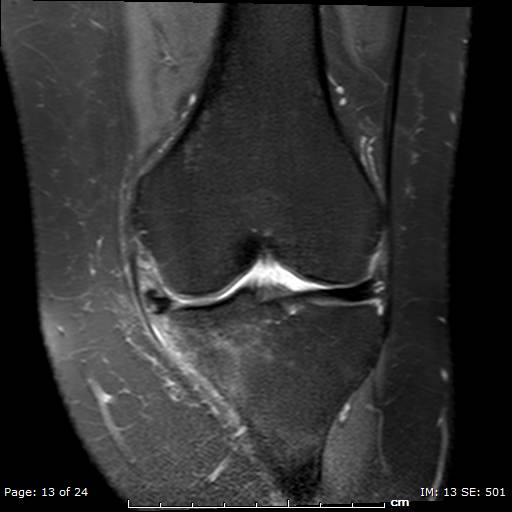
Parrot beak meniscal tear Image
parrot-beak, flap, bucket handle, and mixed/complex. Sports-related meniscal tears often occur along with other knee injuries, such as anterior cruciate ligament tears.. Most importantly, after surgery for a meniscus tear, you must work on strengthening your knee. Even though your meniscus has been repaired or trimmed, the muscles around.

Meniscal Repair Techniques Clinics in Sports Medicine
mission across the joint. Parrot beak tear is a tear that frequently arises following a traumatic event and is often irreparable, since it involves the avascular zone of the meniscus.1 Parrot beak tears result in mechanically unstable flaps and are associated with mechanical symptoms. Since the meniscus in the avascular zone

Parrot beak and fish mouth signs Meniscal tear Ridley 2018 Journal of Medical Imaging and
Of note, radial meniscus tears up to 60% of the width may have less detrimental effect on the load distribution in the compartment of the knee . Oblique, sometimes called parrot beak, tears give rise to large flaps of the meniscus. These flaps are mechanically unstable and may also become caught within the joint during knee ROM.
